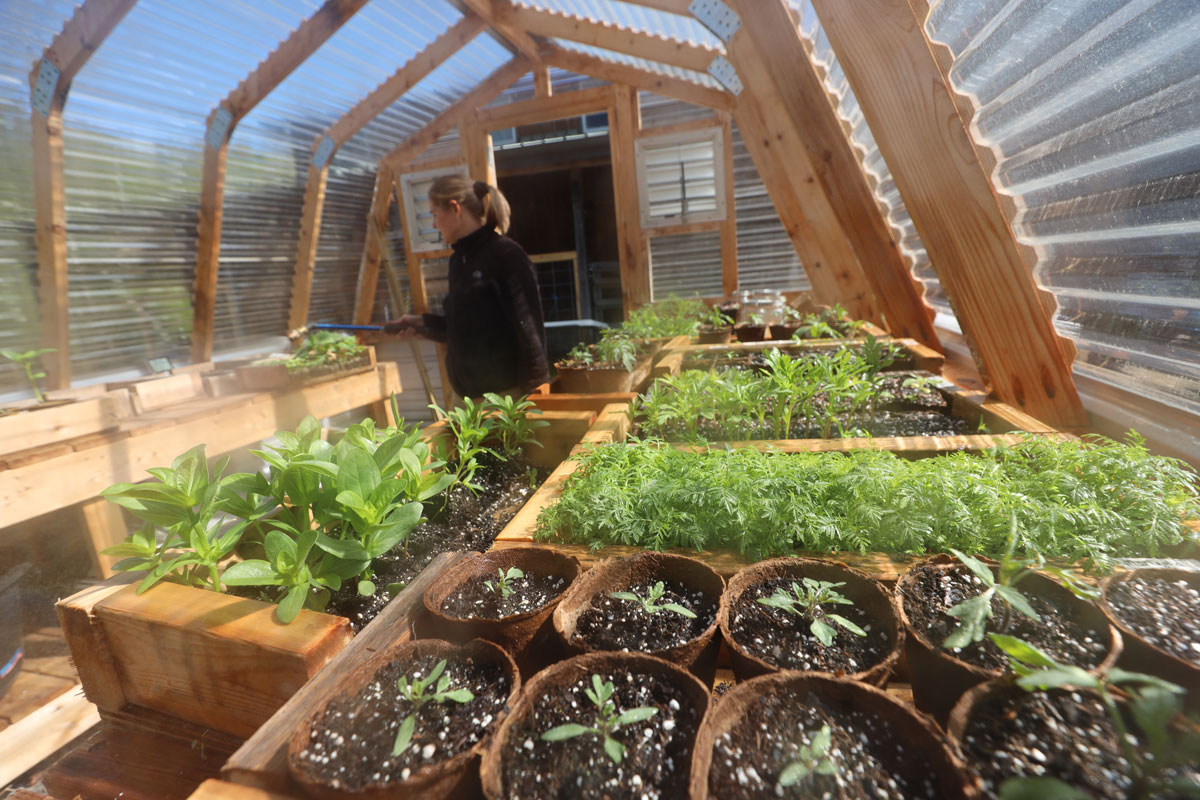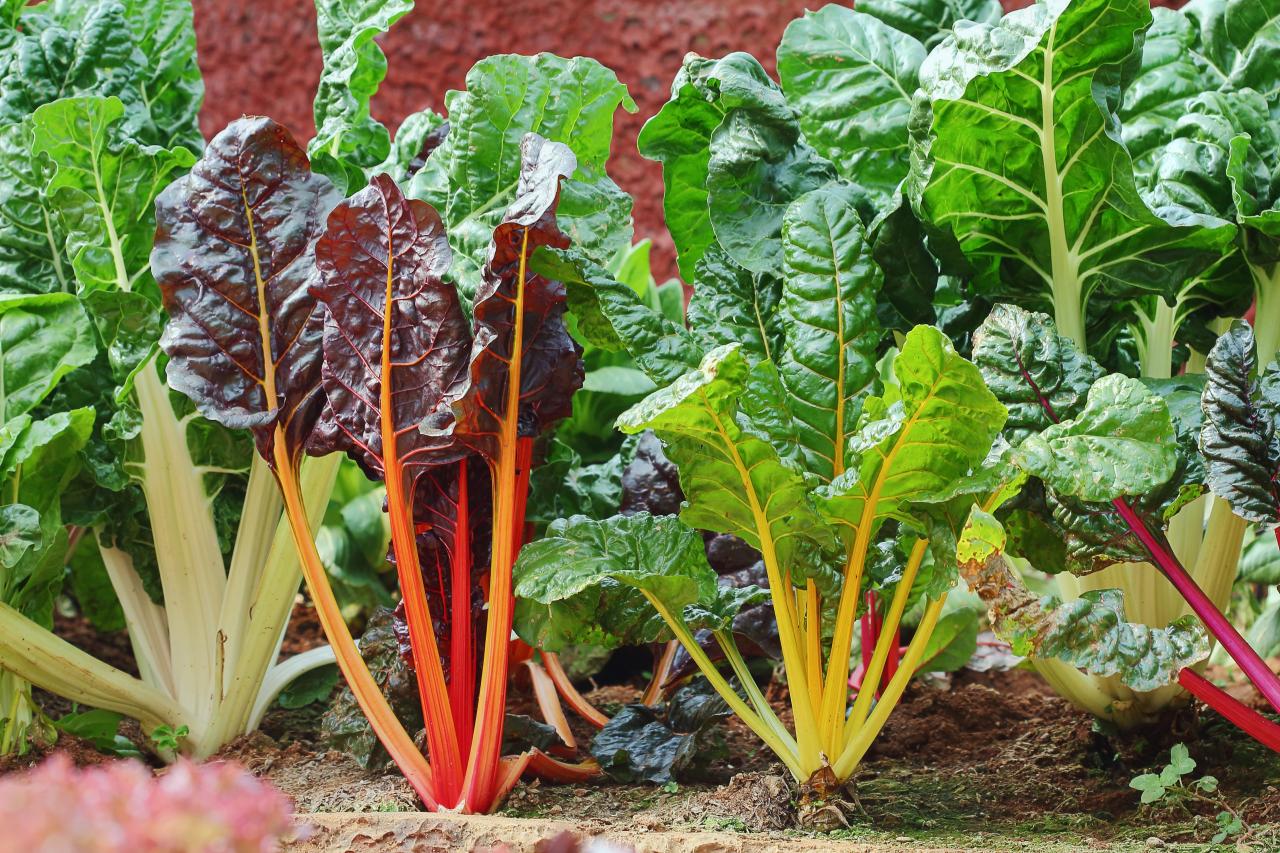Winter Greenhouse Gardening: Tips & Tricks

As the first frost settles and the days grow shorter, many gardeners reluctantly hang up their gloves and retreat indoors. But what if you could extend your gardening season, nurturing vibrant plants even in the depths of winter? Welcome to the enchanting world of winter greenhouse gardening. With the right tips and tricks, your greenhouse can become a sanctuary of life and color amidst the snow. Let's dive in and explore how to make the most of your winter greenhouse gardening adventure.
Greenhouse Insulation: Your First Line of Defense
In the battle against winter's chill, insulation is your greenhouse's armor. Effective insulation can help maintain a stable temperature, protecting your plants from the cold. Bubble wrap is a popular and affordable choice for insulating your greenhouse. Simply line the interior walls and roof with bubble wrap, securing it with clips or ties. Remember, every layer counts, so don't be stingy!
For a more permanent solution, consider installing polycarbonate panels. These panels provide excellent insulation and are durable enough to withstand harsh winter conditions. Think of them as your greenhouse's winter coat, keeping the warmth in and the cold out.
Winter Planting: Choosing the Right Troops
Not all plants are created equal, especially when it comes to winter greenhouse gardening. Cold hardy plants are your best allies in the winter months. These tough warriors can withstand lower temperatures and reduced light levels. Some popular cold hardy plants include:
- Pansies: These cheerful flowers can bloom even in the snow, adding a pop of color to your winter garden.
- Spinach and Kale: These leafy greens thrive in cooler temperatures, providing fresh produce throughout the winter.
- Garlic and Onions: These hardy vegetables can be planted in the fall and will grow steadily throughout the winter.

Grow Light Tips: Bringing the Sun Indoors
In winter, the sun can be a fickle friend, offering limited light. That's where grow lights come in. These artificial suns can provide the light your plants need to thrive. Here are some tips for using grow lights effectively:
- Position Matters: Hang your grow lights directly above your plants, adjusting the height as your plants grow.
- Timing is Key: Most plants need 14-16 hours of light per day. Use a timer to ensure your plants get the right amount of light.
- Choose the Right Bulbs: LED grow lights are energy-efficient and long-lasting, making them a great choice for winter greenhouse gardening.
Humidity Control: The Balancing Act
Humidity is a delicate dance in a winter greenhouse. Too much humidity can lead to mold and rot, while too little can cause your plants to dry out. Here's how to strike the right balance:
- Ventilation: Proper ventilation can prevent humidity buildup. Open vents on dry, sunny days to allow excess moisture to escape.
- Water Wisely: Water your plants in the morning, giving them time to absorb the moisture before temperatures drop at night.
- Monitor Humidity Levels: Use a hygrometer to keep an eye on humidity levels. Aim for a humidity level between 50-70% for most plants.

Additional Tips & Tricks for Winter Greenhouse Gardening
- Heating: Consider adding a heater to your greenhouse for extra warmth. Electric heaters are a safe and efficient choice.
- Mulching: Add a layer of organic mulch around your plants to help retain moisture and regulate temperature.
- Pest Control: Keep an eye out for pests, which can be more active in the warm greenhouse environment. Use organic pest control methods to keep them at bay.
Conclusion: Embrace the Magic of Winter Greenhouse Gardening
Winter greenhouse gardening is more than just a hobby; it's a testament to the resilience of life and the power of nurture. With the right insulation, plants, grow lights, and humidity control, your greenhouse can be a thriving oasis even in the coldest months. So, why not embrace the magic of winter greenhouse gardening? Your green thumb doesn't have to hibernate, and neither do your plants.
FAQs
What is the ideal temperature for a winter greenhouse? The ideal temperature for a winter greenhouse depends on the plants you're growing. However, most plants do well with daytime temperatures between 70-80°F (21-27°C) and nighttime temperatures between 55-65°F (13-18°C).
Can I grow tropical plants in a winter greenhouse? Yes, you can grow tropical plants in a winter greenhouse, but you'll need to maintain a consistently warm and humid environment. This may require additional heating and humidity control measures.
How often should I water my plants in a winter greenhouse? Watering needs vary depending on the plant type, humidity levels, and temperature. As a general rule, water your plants when the top inch of soil feels dry. Remember, it's better to underwater than overwater.
How can I prevent condensation in my winter greenhouse? Condensation can be prevented by ensuring proper ventilation and maintaining consistent temperatures. Open vents on dry, sunny days and consider using a dehumidifier if condensation is a persistent problem.
What should I do if my winter greenhouse gets too hot? If your winter greenhouse gets too hot, increase ventilation by opening vents and doors. You can also use shade cloths to block out some of the sun's heat. In extreme cases, you may need to consider adding a cooling system.
Happy gardening! Remember, every greenhouse tells a story. Make yours a tale of vibrant life and resilient growth, even in the heart of winter.
0 Response to "Winter Greenhouse Gardening: Tips & Tricks"
Post a Comment